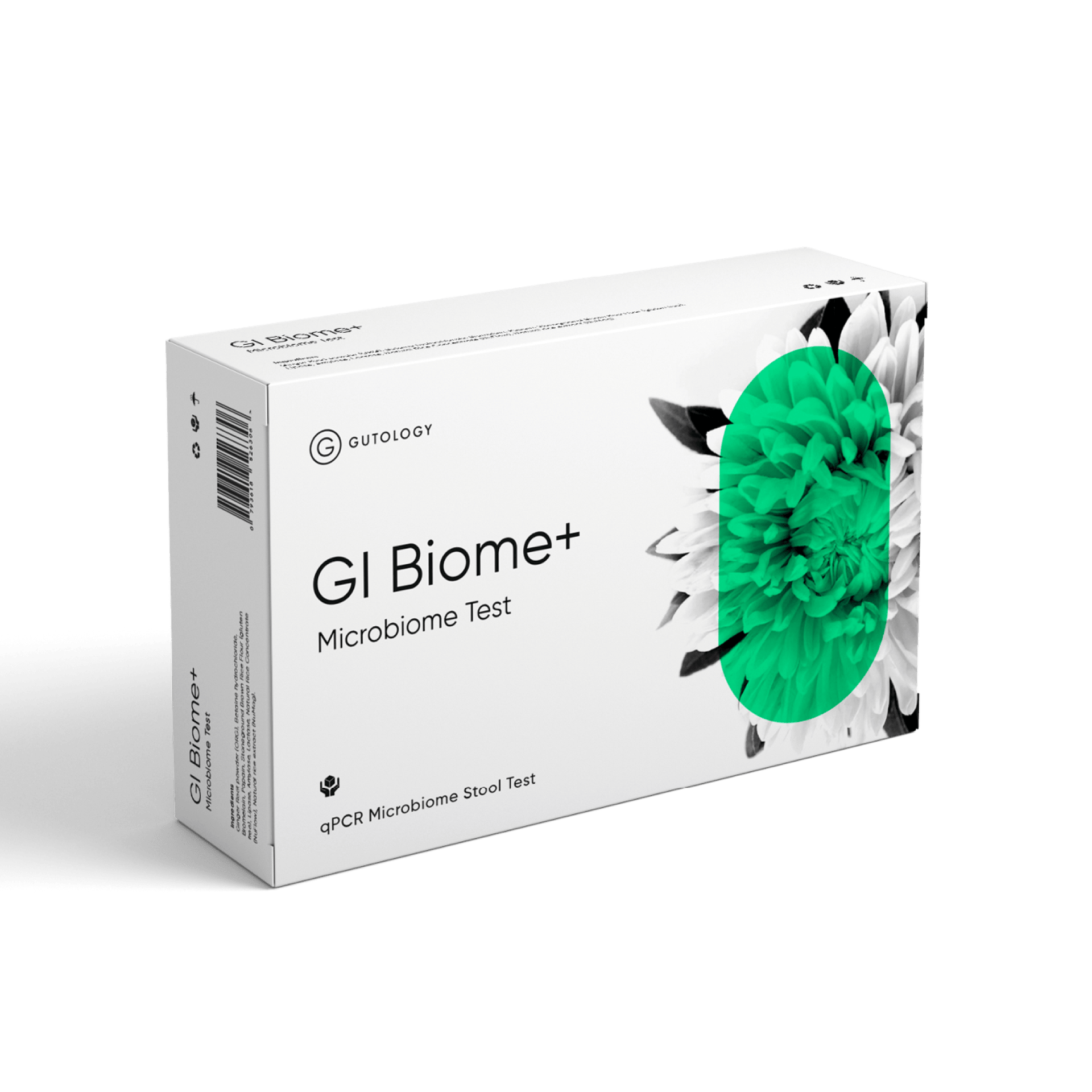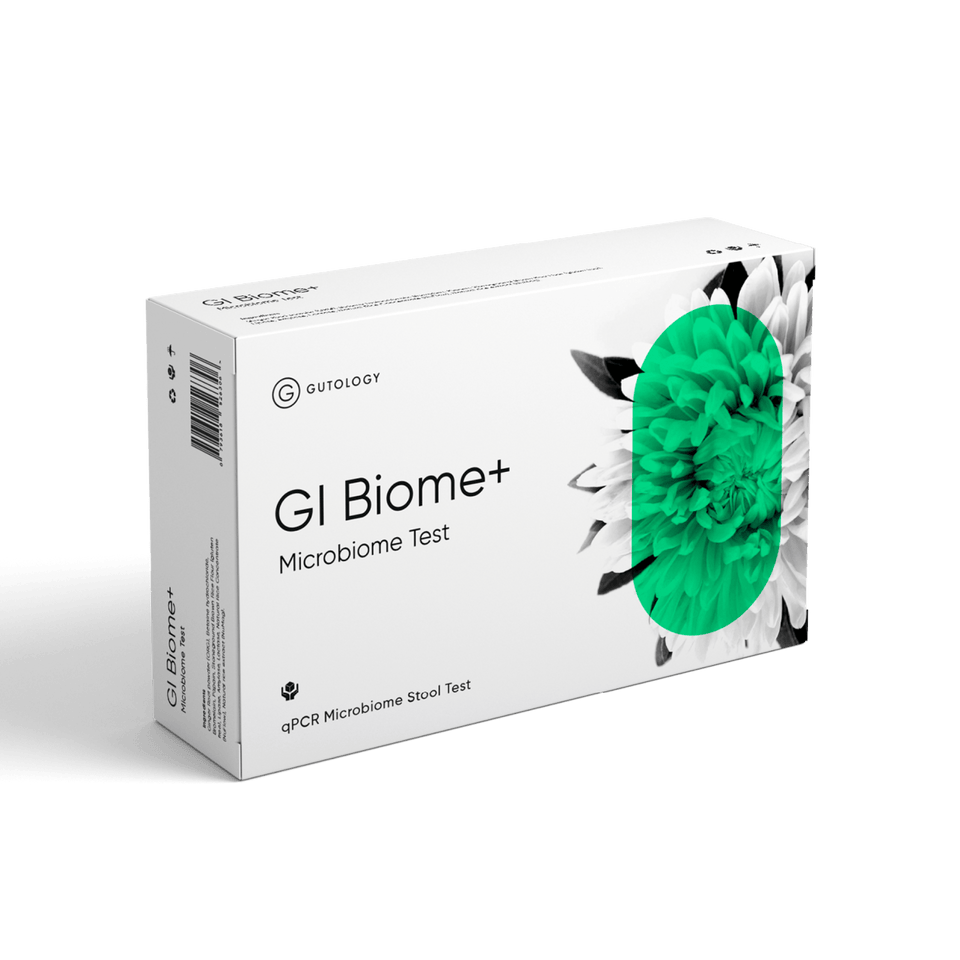Did you know that your toothpaste could be causing more harm than benefits? We have looked at some of the common ingredients that most toothpaste contain and weighed out their potential risk factors to overall health.
An optimal oral cavity is the home of over 400 different types of beneficial bacteria. Factors such as infections, dietary habits, lifestyle, and inadequate oral hygiene can lead to the appearance and overgrowth of pro-inflammatory microbes. These unfavourable species are the main cause of dental caries and other local and systemic diseases1.
The most conventional method for oral hygiene - which we learn to make our habit at a very young age – is toothbrushing. Several studies however have revealed that most toothpaste and mouthwash on the market contain ingredients that can damage the oral mucosal layer and tissue. Some of these ingredients we have looked into are sodium fluoride, sodium lauryl sulphate, paraben, and artificial sweeteners.
Sodium fluoride
One of the main components of many toothpaste is fluoride, the substance that supposedly in high amounts can cause neurotoxicity in adults and has been argued of its potential risk factor on the developing human brain too2. Fluoride is also said to be an endocrine disruptor meaning that it may be affecting several glands in the body that secretes important hormones. Even low dosage can suppress thyroid activity causing hypothyroidism (under-active thyroid), increase glucose level in the blood leading to Type II Diabetes and may reduce melatonin production disturbing sleep-wake cycle3. Of course, it goes without saying that fluoride use can also lead to the well-known fluorosis (discoloured spots on teeth), especially during tooth formation in childhood4.
Sodium lauryl sulphate (SLS)
The negative effect of SLS on the oral mucus layer causing an increase in the development and the worsening of mouth ulcers - which is affecting 10% to 20% of the population – have also been having a huge attention lately5. An overall review of several studies was looking into the effectiveness of SLS-free toothpastes compared to SLS-containing products. Most findings suggested that SLS-free toothpaste can actually significantly reduce the numbers, duration, and pain in the appearance of ulcers, therefore these products are more beneficial for affected individuals6.
Paraben
Parabens are frequently used as preservatives and antibacterial agents in cosmetics, including toothpaste. Although, according to the Food & Drug Administration (FDA), scientists have not yet found significant evidence for the negative health effect of paraben (based on 10 mg/kg of use)7, some research is suggesting its breast cancer causing properties8. It is known that parabens have a natural oestrogen and hormone related activity within the body. As previous studies on tissues of human breast tumours have detected the presence of parabens, and due to the fact that one of the major cause of the development of breast cancer is actually too much oestrogen, it has been proposed that parabens may have a negative effect on the endocrine system, therefore the progress of this disease9.
Artificial sweeteners
Most conventionally sold toothpaste contain artificial sweeteners to make them more palatable and enjoyable to use. While these may not be as harmful for the teeth as actual free sugars, the long-term use of these substances can be extremely harmful to the overall health. The well-known aspartame is often used in foods, medications, and soft drinks, even in toothpaste since the 1980s. Since then, several researchers have questioned its safety, potential side effects and its potential cause of systemic inflammation10. Although aspartame and saccharin consumption allow fewer calorie intake and reduces the rate of weight gain, it has been shown that even low-dose usage of these sweeteners can lead to increased glucose levels and insulin resistance, as well as the growth of unfavourable bacteria, with saccharin associating with weakened kidney and liver function in the long term11,12.

Gutology Hydroxyapatite Toothpaste (120ml)
Although the development of many above-mentioned health issues is multifactorial
and complex, it seems to be sensible to eliminate as many risk factors as we can. As our oral cavity is the
first access to our body, it is important to use toothpaste that contains safer, more natural
ingredients.
If you'd like to find out more about the oral microbiome and what's hiding in your toothpaste, you can listen to the full podcast here:








